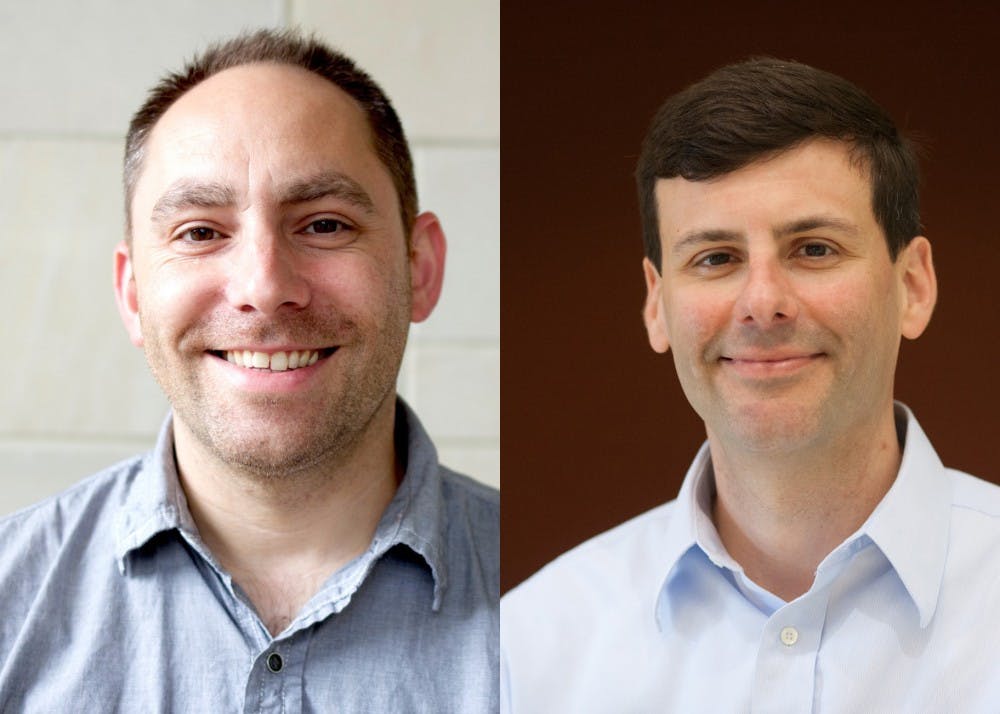The way the human eye moves is based on genetics, according to the research of two professors in the IU Department of Psychological and Brain Sciences.
Dan Kennedy and Brian D’Onofrio conducted a study on identical and fraternal sets of twins to determine whether genetics plays a role in how people interact with their surroundings. By tracking the patterns of eye movement of twins when they look at photographs, the professors came to the conclusion that genetics influences eye movement.
“This is one of the larger eye-tracking studies ever performed,” Kennedy said.
Kennedy said the researchers were able to infer genetics influences development because the sets of twins generally looked at the photographs in the same pattern of eye movement. Identical twins had more similar patterns than fraternal twins because they share 100 percent of the same genes.
"It is going to surprise people in a number of fields who do not typically think about the role of genetic factors in regulating such processes as where people look,” D’Onofrio said in a Nov. 9 press release.
Kennedy said D’Onofrio introduced him to one of his colleagues from Sweden, and the study was developed out of a mutual interest among the three. He said it was important to collaborate with Sweden because they have records of twins in their country, and this allowed them to gather nearly 250 pairs of twins around age 11 to take part in their study.
“It’s a big project, bringing that many people into a lab,” Kennedy said.
Twins were ideal for the study because fraternal and identical twins share the same environment growing up, and identical twins have the same genes. This gave the researchers a better idea of how genetics plays into how a person interacts with their environment.
In the study, each twin looked at 80 pictures of scenes they might encounter in daily life. Kennedy said they would track the eye movement of each twin and test if their attention would fall in the same pattern. Where an individual looks is a non-conscious decision.
“When you’re looking at the world, you have to make these decisions very quickly,” Kennedy said.
D’Onofrio works in behavioral genetics and normally does work analyzing large amounts of data to find genetic patterns, Kennedy said, adding that his background is in social neuroscience. One major technology he uses is eye tracking.
“We integrated two fields of study that are usually independent of each other,” Kennedy said.
Kennedy said this study is part of a larger project that is not yet fully developed. He said the goal is to look at specific behaviors such as eye movement to see how they differ among individuals. He said this will allow them to look at how visual attention differs among people with Autism and ADHD.
“The goal is to look at factors that give rise to different behavior,” Kennedy said.
Kennedy said eye movement is like “Choose Your Own Adventure” stories, where readers assume the role of the narrator. Because attention is much more than just random focus on objects, people select what they want to look at, and the study connects this with genetics.
“You have limited attention and you have to decide where you deploy it,” Kennedy said.




